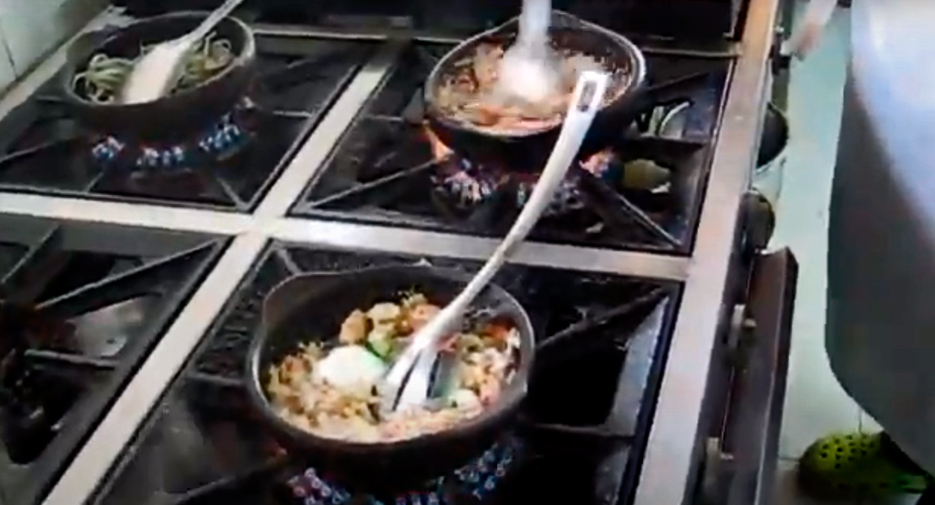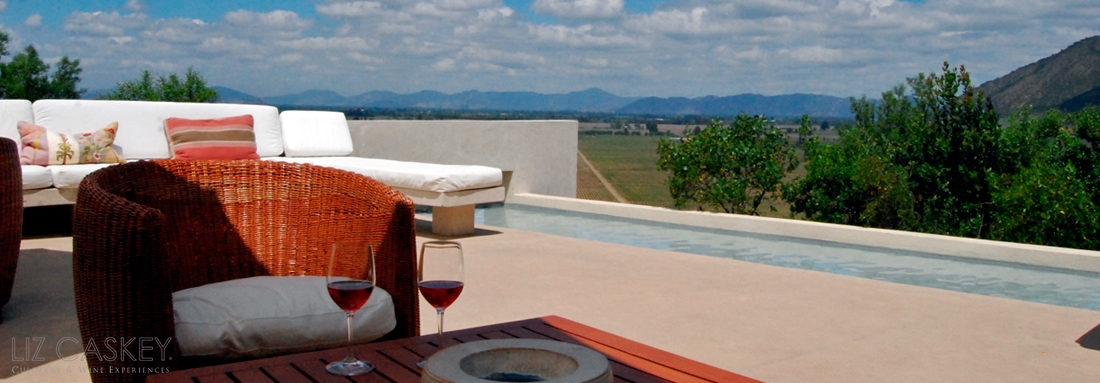
In Chile, traditional cooking vessels are made with greda, natural clay. Much of greda is still hand thrown the homes of dusty country towns throughout the central valley like Pomaire (terra cota color ), near Pichilemu (fleshy colored), and in the south of Quinchamali where the black clay makes for a dashing impression. Greda feels rustic, homey, reliable, and brings a sensation of tradition and comfort to the table. Generation of families work as potters to mold the clay into a full range of utensils, pots, dishes, casseroles, ramekin-like bowls, and even in the non-cooking tradition, platters, plates, piggy banks, and figurines.
As cookware, greda is fragile, very breakable, yet at the same time, it notably can resist high temperatures and never crack. Greda pieces are so amazing that these can be placed in the oven or straight on a gas range and keep your food warm once served without a cover for a solid 15-20 minutes. A sort of earthen Pyrex if you will.
I love cooking with greda. The walls of the pot help to diffuse the heat evenly AND you can cook the food in the same dish you serve it in. It is so practical. The heat conduction is constant, consistent, and things never seem to scorch as they do in other pans. When you acquire your new greda, you must season it with milk over a low boil to seal before cooking in it. Greda with a black/blackened in color it is already seasoned, with the exception of the black clay pots from Quinchamali in the South. Personally, I think the secret to why greda, and all clay pots, are so prevalent worldwide since the age of the Ancient Romas is three-fold: it is made from readily available material (come on, they are made from earth!); it allows for the use of fresh ingredients (no packaged mac-n-cheese going to be made in here, although I suppose it could be); and the no fuss cooking from the first sear of an onion to the final bubbling dish, reduces pots to wash and things to burn in the kitchen. Simplicity.
In this month of September celebrating Chile’s gastronomic roots, dig into some classic dishes served in greda everywhere from joints to stalls to homes and restaurants: Machas a la Parmesana, Pil Pil (garlicky chili sauce from chicken to shrimp to elvers), Pastel de Jaiva (Creamy Crab Pie), Paila Marina (a sort of savory Chilean bouilabaisse with razor clams, mussels, scallops, shrimp), and Pastel de choclo. And, FYI, in the video, the first three are being prepared.
If you are in Chile visiting, you can find greda in Pomaire, about 30 minutes from the city and in many craft marts and stores like Pueblo Los Dominicos, Patio Bellavista, Foike Monguel, and ONA in Bellas Artes. Greda is also getting a new look by young artisans redefining the lines but making it more modern like GRD.












